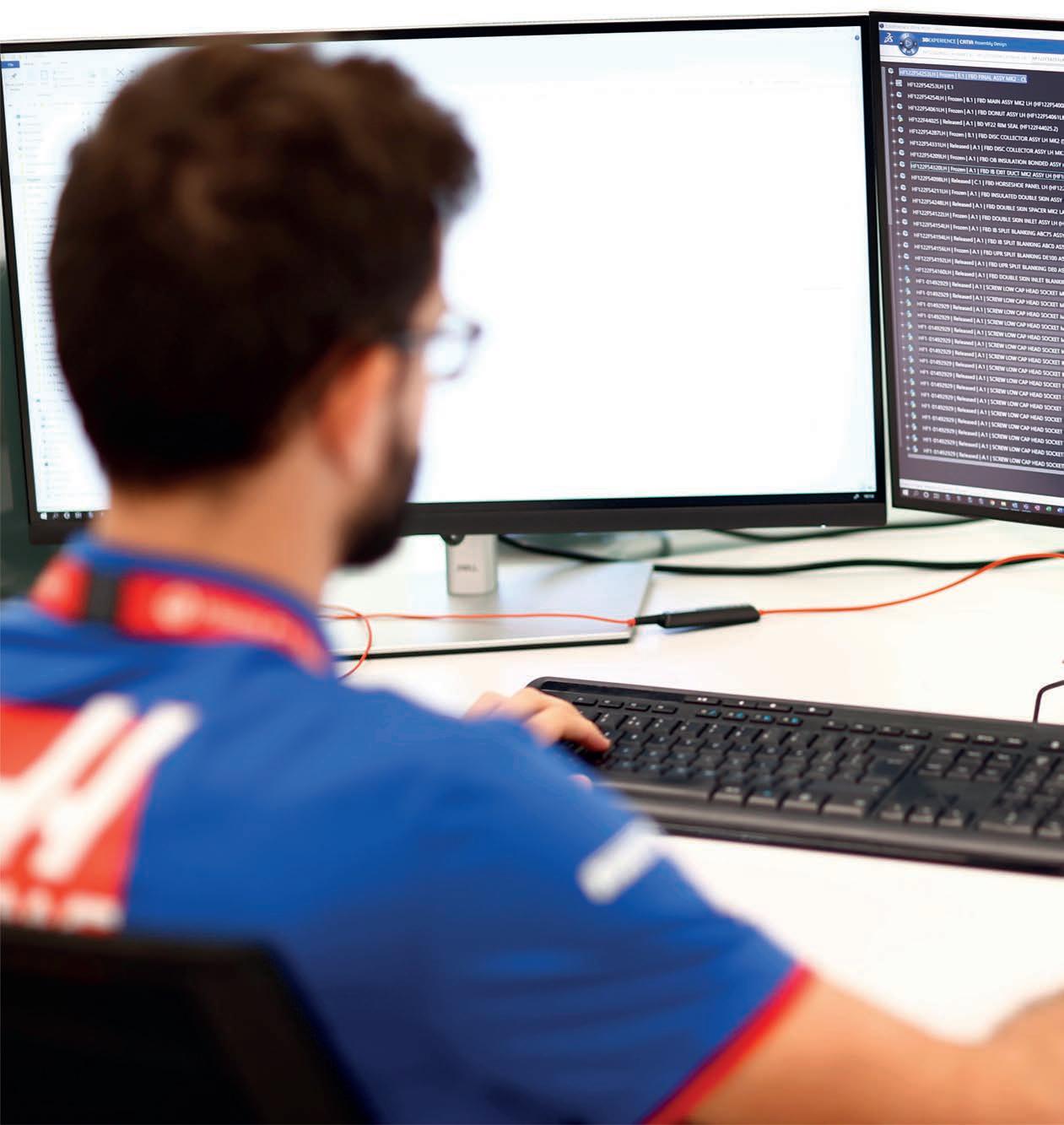
17 minute read
Formula 1
Playing the game
The Haas F1 Team is a truly global operation, with its HQ in North Carolina, the Design Office in Maranello, staff based at Dallara’s facility in Varano de Melegari, Italy and in Banbury, UK. Head count is currently around 350, but the team is looking to increase that to 400 for 2023
They say the most important thing in any category of motorsport is to read the rules. But few can claim to have read the rules quite as cleverly as those behind Haas F1 Team
By DIETER RENCKEN
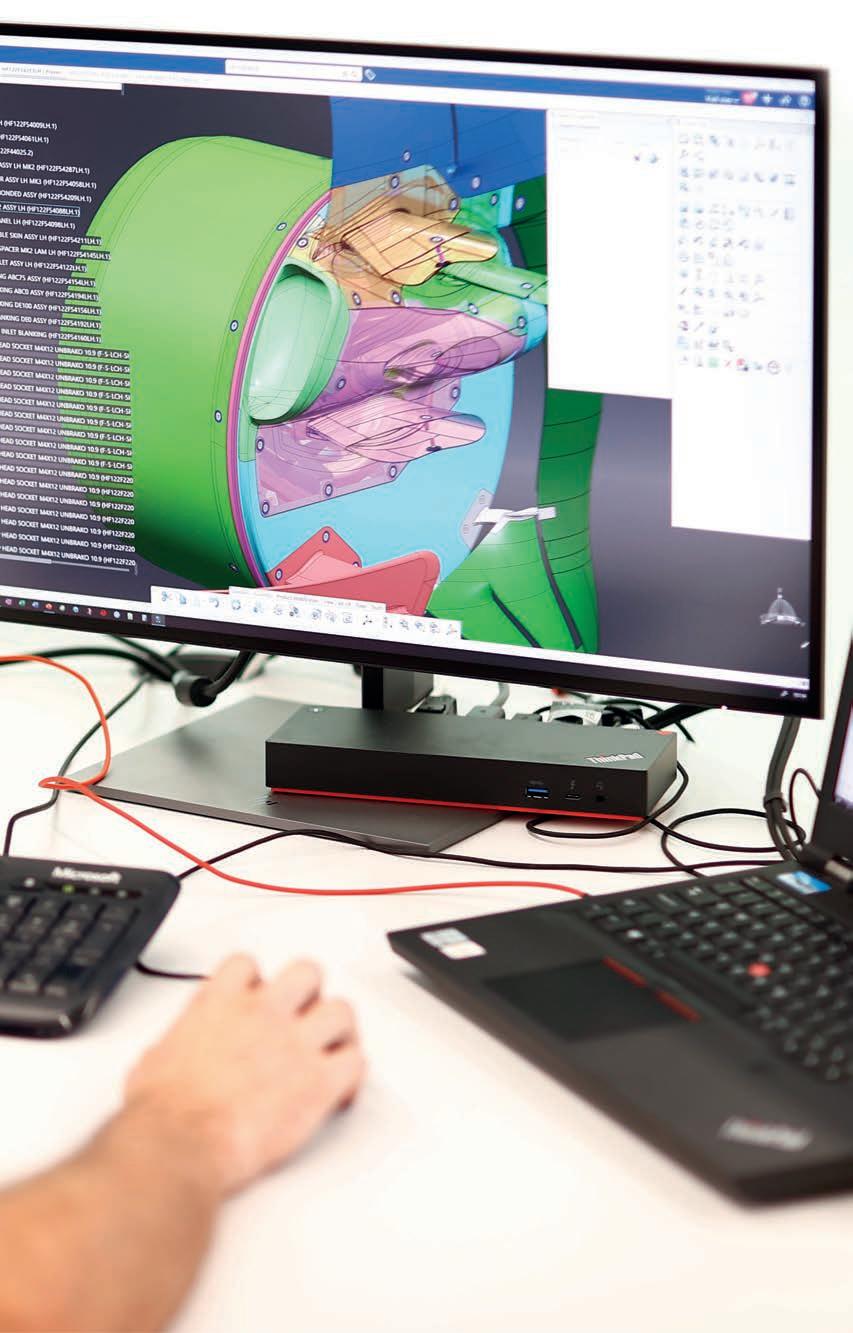
You have to hand it to Gene Haas and Guenther Steiner. Between them, they played Formula 1’s constructor regulations to perfection, so much so that without an in-house design office, or a fully-equipped factory, they have mounted a credible world championship campaign and, at the close of the European grand prix season, Haas lay seventh, ahead of Aston Martin, AlphaTauri and Williams – all teams with comprehensive facilities at their disposal.
Expressed differently, Haas F1 Team was about the only entrant able to file its budget cap reports on time, as required by the FIA’s financial regulations, without fear of breaching 2021’s $145m limit.
The history of the team, which took its first start in the 2016 Australian Grand Prix (finishing sixth, before going one better next time out in Bahrain) harks back to Steiner’s 2001-’03 tenure as Jaguar Racing’s technical director, but in real terms it was the aborted 2009 USF1 project that sparked Haas F1.
‘It would not be fair to say I learned what not to do from those teams,’ Steiner, who harks from Italy’s South Tyrol Germanspeaking area, told this author with a smile in 2015, ‘but there were lessons to take aboard.’
Into orbit
Between those two time points, he established Red Bull’s NASCAR operation and founded a carbon fibre business in Charlotte, USA – home to North America’s heavy metal series – where he came into machine tool magnate, Gene Haas’, orbit. The two had been approached for assistance by USF1, Steiner on composites, Haas supplying machine tools, and kept in contact after the project’s (predictable) demise.
At Jaguar, Steiner, who joined from a similar role at parent company Ford’s rally team, scoured F1’s technical and sporting regulations, particularly the Concorde Agreement, learning what to do and, perhaps more crucially, what not to do.
Key to funding the whole operation is Haas’ desire to expand its CNC tool business into markets outside the US, crucially those that are either on, or are about to be on, the F1 circuit

As a naturalised American, his ambition to be team boss of a US Formula 1 outfit burned deep, so he approached Ferrari about running a third car for an American driver.
The concept was embraced by the Scuderia, but rejected by the FIA. So, he investigated a Ferrari customer operation instead. Again, thumbed down by the governing body (and the other teams), so instead he turned to F1’s technical regulations, quickly learning that F1 constructors need not be constructors.
Intellectual property
Explanation: provided a team holds the intellectual property rights to ‘listed parts’, as per the Concorde agreement, they are deemed a constructor, regardless of who designed or produced the components. Back then, listed parts were effectively ‘wetted parts’ ie those that got rained on, so front / rear wings, outer profile and body parts, crash / rollover structures and floor / diffuser.
All the rest could be bought in, so Steiner called then Fiat / Ferrari boss, Luca di Montezemolo. The two already knew each other from Italian rallying via Steiner’s stint with the privateer Jolly Club team, and then later from third / customer car proposals.
‘Would Ferrari be prepared to supply unlisted parts?’ he asked the Roman nobleman, who replied in the affirmative, provided Steiner provide the relevant guarantees. Crucially, this meant Steiner had access to Ferrari powertrains, as long as someone paid for them.
Next stop was Dallara, to enquire whether the world’s largest customer car constructor would design and build all non-listed parts required to fit the Ferrari Meccano set, and be prepared to cede IP rights to Steiner’s project on the basis that these were bespoke parts for specific use. Same reply: ‘If costs are covered, sure, why not…’
Enter Haas, then seeking to expand his eponymous machine tool business
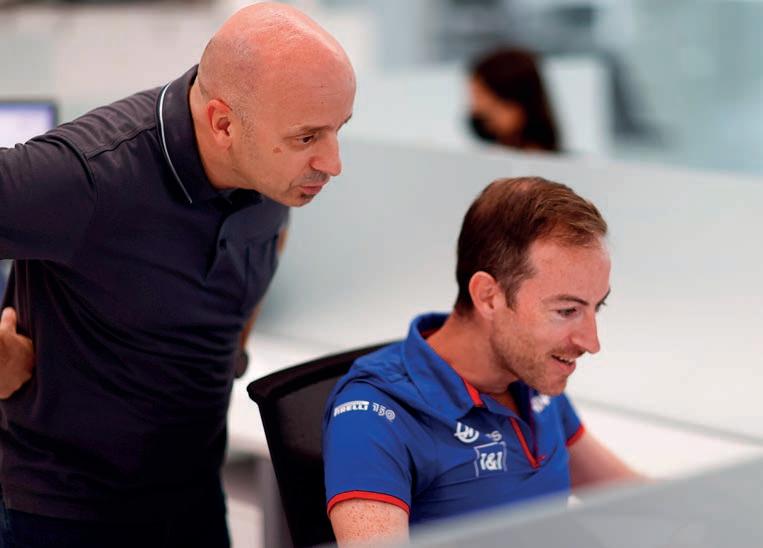
Simone Resta, former Ferrari chief designer and now Haas technical director (standing) was brought in to set up the Design Office
Racecar was granted exclusive access to the Haas F1 Team Design Office, situated within Ferrari’s Gestione Sportiva complex in Maranello, Italy
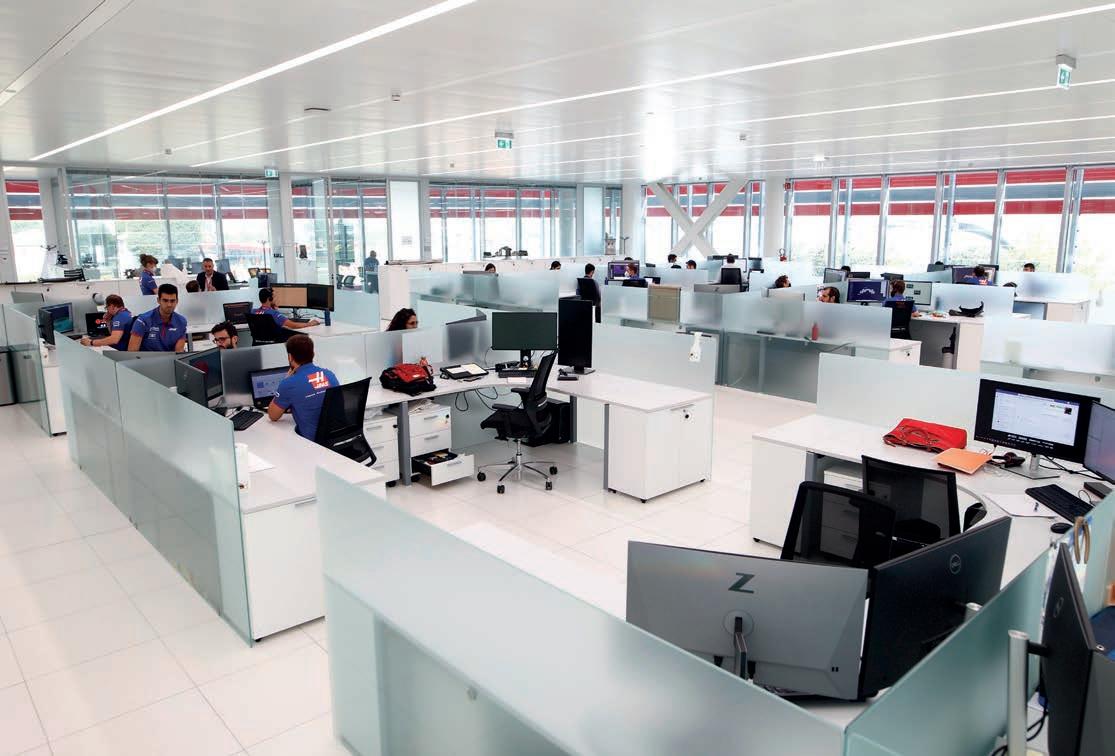
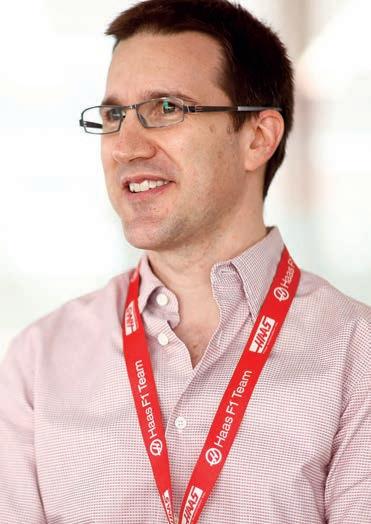
Arron Melvin, head of aerodynamics at Haas F1 Team, previously worked for Pratt & Miller in Sportscar racing Maurizio Bocchi has been brought in as the team’s performance development manager. He previously worked at Ferrari
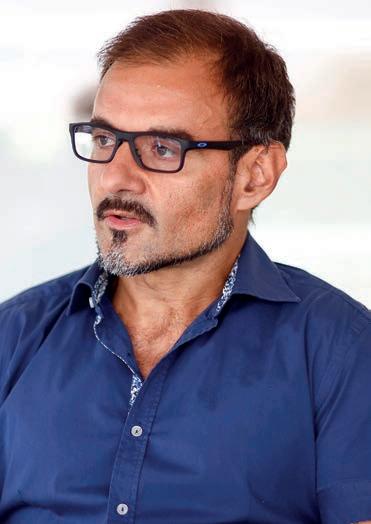
beyond the USA and into auto manufacturing regions such as Brazil, China, Malaysia and Mexico – all countries on the F1 calendar, or about to join. If Steiner obtained FIA approval for the ‘constructor-without-constructing’ concept, he agreed to fund it. The FIA, seeking to fill F1 grids, agreed.
This was in 2014 / ’15 and, by 2016, the US-entered team was on the grid for its first season and shading Sauber and Renault with eighth place. That championship result was repeated the following year before improving to fifth in 2018. Not bad for a team whose ‘factory’ consists of a one metre square filing cabinet containing Ferrari, Dallara and F1 contracts, and whose wind tunnel is situated in Maranello.
United nations
Add in that Haas’ Kannapolis complex, situated beside the Stewart-Haas NASCAR outfit, acts as global headquarters for the F1 operation and fabricates tooling, jig and fixtures for the team, and a case could be made that Haas’ F1 entrant’s licence should be issued by the United Nations, what with staff based in the UK (race operations), Italy (Ferrari and Dallara) and USA. Around 30 nationalities in total are represented.
By now, there were rumblings of imminent budget caps. Liberty Media had acquired F1’s commercial rights in early 2017, and sought
ways of paying teams less as it follows that the less they spend, the less their imperative for billion dollar prize funds. If the ‘new era’ cars were to be cheaper to design, build and race, an inherent part of the 2021-on regulations was a revamp of parts categories (see sidebar).
Crucially, though, the cap meant swingeing head count cuts for major teams. Where the Big Three numbered over 1000 in their performance departments, the right size was projected at 650. Mercedes consequently diversified into applied sciences with yachting and cycling projects, and ramped up in-house work for parent company, Daimler. Red Bull, meanwhile, embarked on the Aston Martin Valkyrie and its RB17 Hypercar, plus shifted staff to sister team, AlphaTauri.
By contrast, Ferrari opened a ‘customer technical services division’ to offer contract engineering services to Haas – therefore replacing Dallara, then ramping up on road car projects anyway – subject to FIA approval. The governing body considered the facts and insisted upon separate premises and systems in order to prevent ‘coffee-time chats’, during which secrets may be whispered, plus the right to make unannounced spot checks, which it has duly done.
Access some areas
Which brings us neatly to the first visit by a publication to the (contracted) Haas Design Office, situated within Ferrari’s Gestione Sportiva complex at the end of Via Ascari, overlooking Fiorano circuit. Haas’ offices are self-contained, with access by coded card only and, significantly, our invitation was extended by Haas, not Ferrari.
How complex was it to set up what is effectively a team within another team’s building, while conforming to FIA’s requirements, particularly when competitor teams keep politicking about Haas’ structure? After all, engineering staff are effectively now Haas employees, albeit paid by Ferrari to maintain company benefits and perks, and work out of the same building as previously. Time spent is now ‘booked’ to Haas.
‘It wasn’t too difficult, because in 2020 / ’21 we came down [in technical head count due to Covid],’ admits Steiner in his trademark accented staccato style, ‘and it helped that the people were mainly working for Dallara, so it was pretty easy [for us] to reduce [numbers].
‘We were also helped by circumstances, because the budget cap came in and Ferrari had people available. I spoke to Mattia [Binotto, Ferrari team principal] and told him I need to ramp up.
‘He said, “Maybe we can work together on some of the people [who] we need to move to other departments. Tell me what you need.”
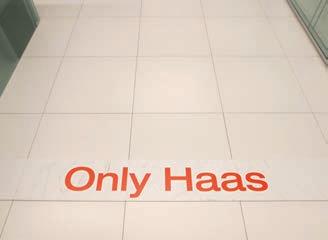
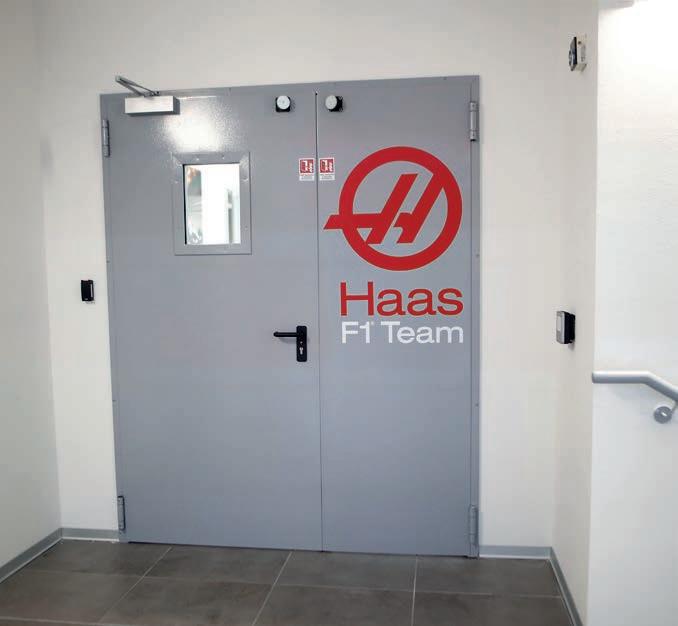
Parts categories
Where until the end of 2021, F1’s components were categorised on a binary basis, either listed (own IP) or unlisted (free sourcing), under the ‘new era’ regulations there are now four umbrella groups, making Haas’ operation simultaneously easier and more complex, depending upon the specific component.
The four current categories and some examples of each are outlined below.
•Listed Team Components (LTC) are those whose design, manufacture and IP is owned and / or controlled by a single team or its agents on an exclusive basis. Examples are survival cell and primary roll structures, front impact structures and the fuel bladder. These items must be unique, and Haas must hold the IP rights to them, whether designed and / or supplied by Ferrari’s ‘customer division’, Dallara or any other entity. Around 10 per cent of parts groups within categories are LTC, but many are major items.
•Standard Supply Components (SSC) are those whose design and manufacture is carried out by a supplier appointed by the FIA, to be supplied on an identical technical and commercial basis to each competitor team. Effectively, these items are mandated, and teams have no choice but to source them from the official supplier. Examples are (BBS) wheel rims, tyre pressure and clutch torque sensors, (Pirelli) tyres, primer pumps, flexible pipes / hoses and fuel flow sensors. These are items required for FIA monitoring or mandated for costs reasons. Around 20 per cent of parts groups within categories are SSC.
•Transferable Components (TRC) are components whose design, manufacture and IP rests with a team or supplier but can be freely supplied to another team without limitation. Haas may avail itself of all these parts provided their notional value (see
Financial regulations box out on p??) is equal to, or better, than it could produce or outsource such parts for itself. Examples are gearbox carrier and cassette, rear impact structure (fits gearbox), full front / rear suspension assemblies and non-LTC and SSC fuel system items. Around 30 per cent of parts groups within categories are TRC.
•Open Source Components (OSC) are components whose design specification and IP is available to all teams through the mechanisms defined in the regulations. Examples are pedal assemblies, wheel retention systems, brake systems, master cylinders and fuel system hydraulics. Around 40 per cent of parts groups within categories are OSC but these are standardised, non-performance items.
Whilst Haas F1 now has a greater choice of sources, it still has to evaluate all open components to ensure it obtains the best prices, crucial under a budget cap.
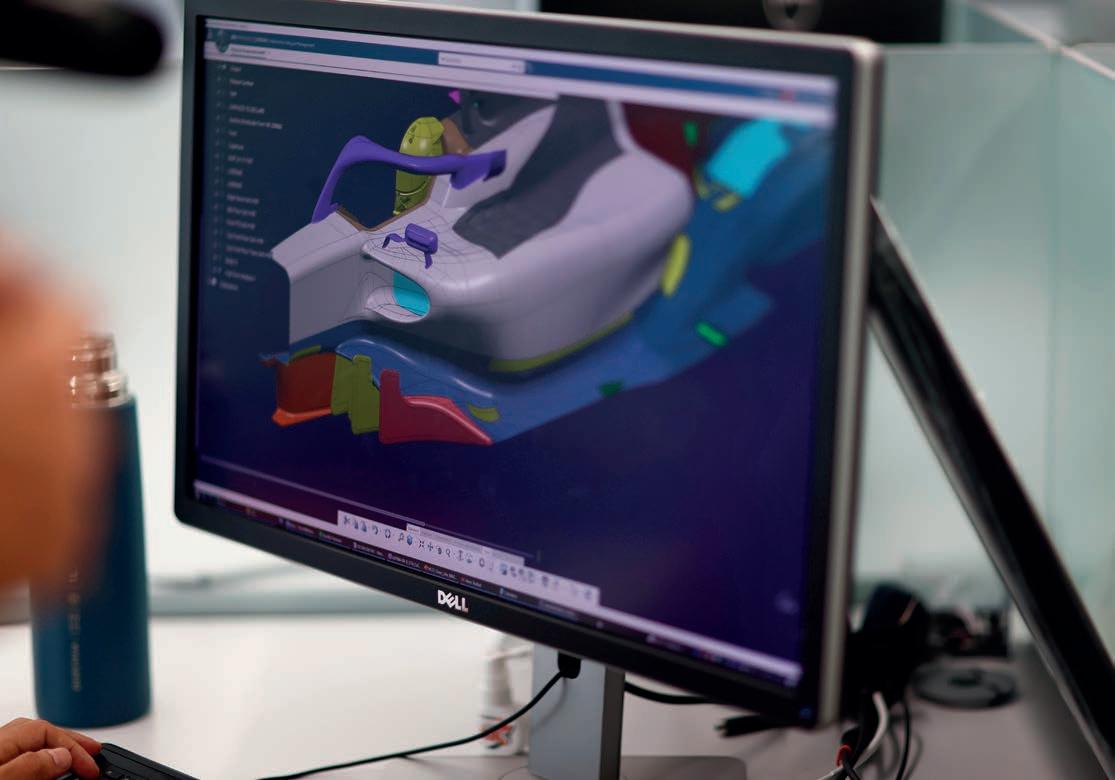
Much of the main hardware for the F1 cars comes from Ferrari, other parts are mandated by the FIA and the rest are sourced from whichever supplier is deemed the most operationally efficient
So, when I say it wasn’t too difficult, and didn’t give me sleepless nights, it’s because we found a good solution.
‘Simone [Resta, formerly Ferrari’s chief designer, now Haas technical director] was drafted in in December 2020 to set it up. The first question was where do we put the offices? So we started looking around Maranello, and then there were offices planned by Ferrari for expansions that they no longer needed [due to budget caps].’
Head count(s)
Resta, like most of Haas’ Maranello staff, is on Ferrari’s payroll and acts as our guide for the day, explaining that around 100 staff operate from here, with the figure varying according to workload. It roughly works out at 30 in the Design Office and 70 aero staff working from offices situated alongside Ferrari’s wind tunnel.
‘Basically, what we have here in Maranello is a group of designers, aerodynamicists, test engineers, structural engineers, all the development group, plus some people involved with simulations,’ he says, adding, ‘while the model makers, they’re coming in mostly from Dallara.
‘There’s a nice group of people based at [Dallara’s base in] Varano de Melegari, say 50-70, and then there are more people at the operational base in Banbury, say 120 or 130.’
Add in folk in the USA and the number quickly spirals over 350, with additional hands required during pre-season car build. Indeed, the team is planning for 400 heads for next year and foresees 500 in the medium term. A new title sponsor was added in October, MoneyGram, which will enable them to increase spend in non-regulated areas.
‘We are now within five or 10 million [dollars] of the budget cap,’ smiled Steiner ahead of the announcement.
How does Resta decide which parts to design and build? The main hardware is easy. The complete ‘rear end’ consists of Ferrari’s latest specification power unit, gearbox and electronics / hydraulics, the latter plugging into the team’s own systems. Taking the rear suspension and crash structures is a nobrainer given they bolt onto the gearbox. For the rest, the design team picks and chooses from what is legally available.
‘Normally, we try to maximise in the way our business model has been defined. We try to maximise our opportunities wherever possible, showing what we can take where. There is always a chance you can carry over components. It’s a group effort but, ultimately, I’m accountable for things.’
He has a counterpart in Ferrari he meets regularly, and between them they decide the ‘menu’, within established processes.
Simone Resta, technical director at Haas F1
Idea exchange
‘There’s a process that involves regular discussion,’ confirms Resta. ‘It is all documented, with details where they can exchange in advance the areas where we are able to buy. Then they exchange [computer] models so we can keep up to date.’
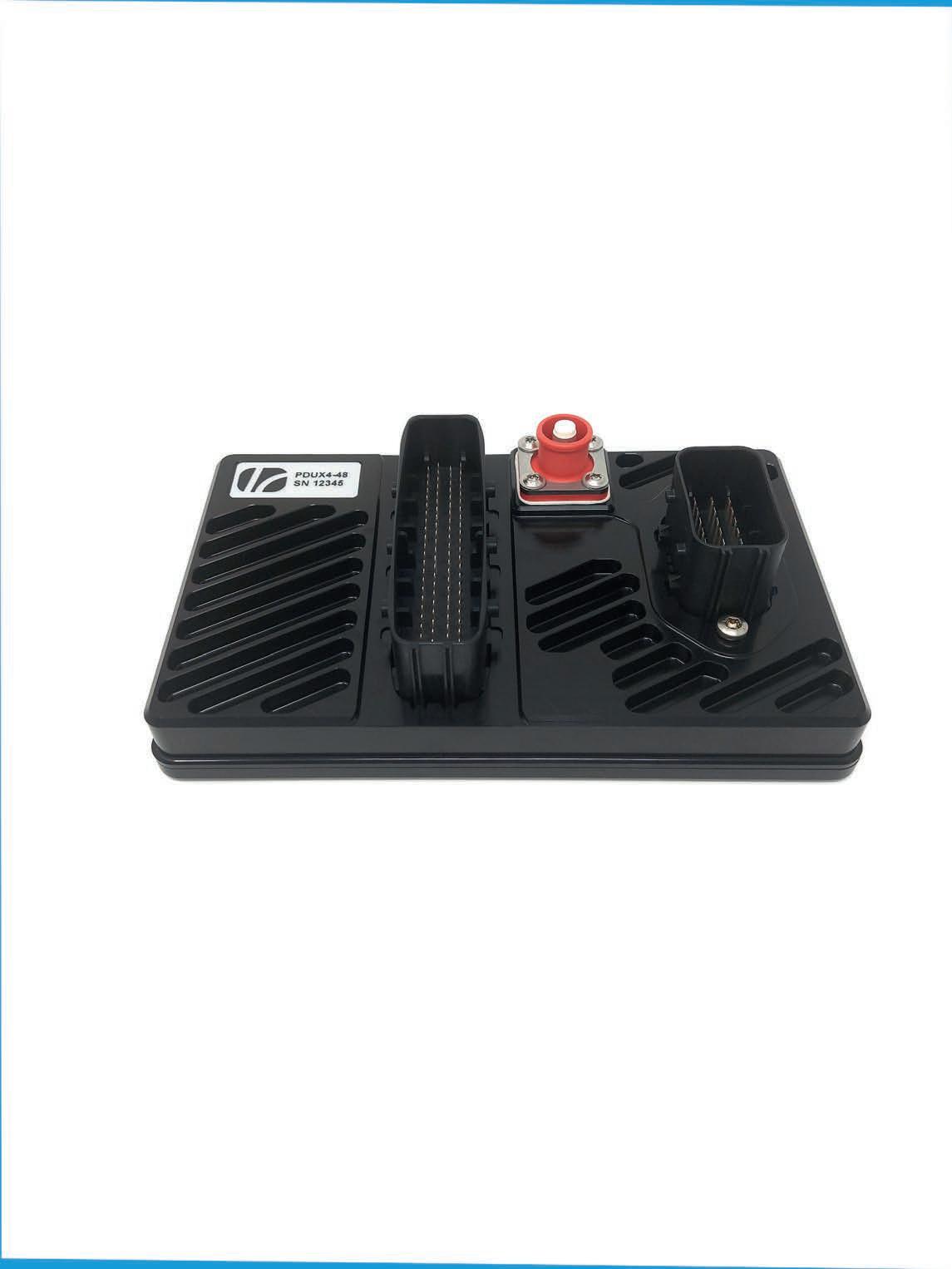
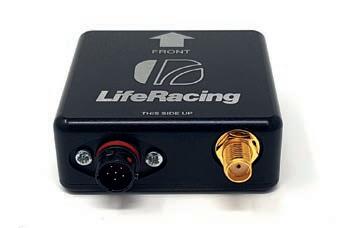
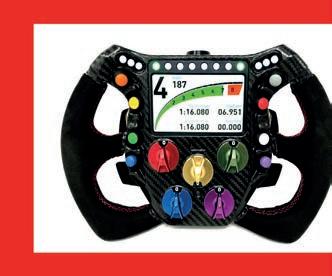

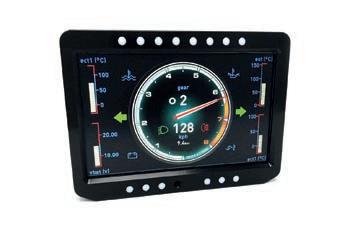
Resta admits that being a customer is not ideal, due to potentially being a step behind, but says, ‘You try your best to follow what’s going on, within limits. In the end, there’s not much room for frustration, you just get on with it, do the best you can and try to maximise your [return on investment].’
Once designed, build of parts is handed over to sub-contractors – mainly Dallara, but whoever offers a good deal within quality, quantity and delivery parameters. Dallara also steps in with engineering services during peak periods, as and when required.
‘Dallara is like an expansion tank for us during [new car] engineering time in November, December and January,’ explains Steiner. ‘They also manufacture all the structural parts, so those you need to do an FIA test, things like that. Ferrari only make those parts we buy direct, [as] they don’t have capacity for us [for other parts]. The rest is from anywhere, but only from good suppliers.’
Dallara then builds the cars, in conjunction with the Haas race crew.
‘Assembly of the car is normally at Dallara in January, because everything is there and, if something is missing, it can be made,’ confirms Steiner. ‘Normally, we send people there from England. It takes about a month, six weeks maybe, and then the cars don’t see Dallara again [as] they return to Banbury after each [European] race and between long hauls.’
Movie theatre
How, then, does a naturalised American, German-speaking Italian based in North Carolina keep track of a trans-Atlantic, 400-strong team based across three countries to enable them to compete respectably in the upper echelons of global motorsport in order to sell machine tools?
Financial regulations
Haas F1 Team is obviously required to adhere to budget cap requirements, which imposed a $145m limit 2021 performance spend, reducing at the rate of $5m per annum for 2022 / ’23. However, due to the varying nature of teams’ business models – ranging from Ferrari’s in-house operation at one extreme through Red Bull’s two-team supply set up to Haas at the other – various checks and balances on spend are included.
The regulations therefore define ‘fair value’, also known as ‘notional value’, as the price that could reasonably be charged for a component, including all its design, development and production costs, as though it were a unique component for a single team. So, when Ferrari sells a part to Haas, or Mercedes to Aston Martin, it is transacted at ‘fair value’, with FIA inspectors empowered to check every such item.
Equally, staff salaries and benefits are booked at fair value, so there is no chance of under charging. However, if an engineer spends, say, 50 per cent of their month on F1 design, and the balance on yachting projects, only the F1 portion of time is booked.
Equally, regulations provide for marketing, administration, heritage activities and travel / accommodation costs to be excluded.
Steiner believes that fair value calculations add around 20 per cent to Haas’ overall component bill, but that his team scores by having lower overheads and payrolls.
‘It is about equal, I estimate,’ he says. ‘As a company, we are pretty straightforward because we don’t have subsidiaries or anything like that, but the notional values of parts is clear. We are not involved in deciding how they are reached, that is done between the FIA and the suppliers, Mercedes or Ferrari etc.
‘They decide on notional values between them, and we get the numbers and have to make it work. Like everybody else, we need to report what we’re doing. Obviously, [the budget cap] is a big job, but it’s a big job for everybody.’
‘By video conferencing,’ he says, before breaking into a chuckle. ‘You know, it’s funny. When Covid came along, everybody started talking about this thing called video conferencing, but I laughed because we had been doing that for years already. When we set up the team, we built a movie theatre in Charlotte so we could stay in touch using a programme called Lifesize. So when Covid came, we were well ahead.’
Clearly, the unique business model he devised demands a punishing schedule. ‘I see the team on video all the time, but I am there
Guenther Steiner, team principal at Haas F1
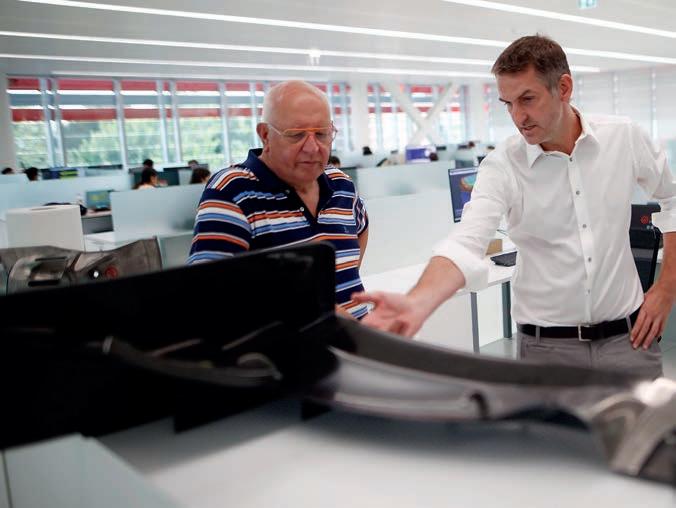
physically very little. I mean, the last time I was in Banbury was during Silverstone in early July [note, this interview was conducted at the end of September].
‘I went to Europe after the Canadian Grand Prix, and I stayed there the whole summer, based in my place in Italy. I even speak to my family via video…’
Still, a combination of filing cabinets, satellite offices, outsourced staff, facilities and componentry, pioneering use of video conferencing technology and the tightest of Formula 1 budgets has not only enabled Haas and Steiner to found a cost-effective, point-scoring team in under two years, but to keep it on the grid – and maintain a competitive position – in what is an extremely harsh and unforgiving commercial and sporting environment.
The wonder really then is that in a sport that copies so shamelessly, no-one else has thought to follow suit.










